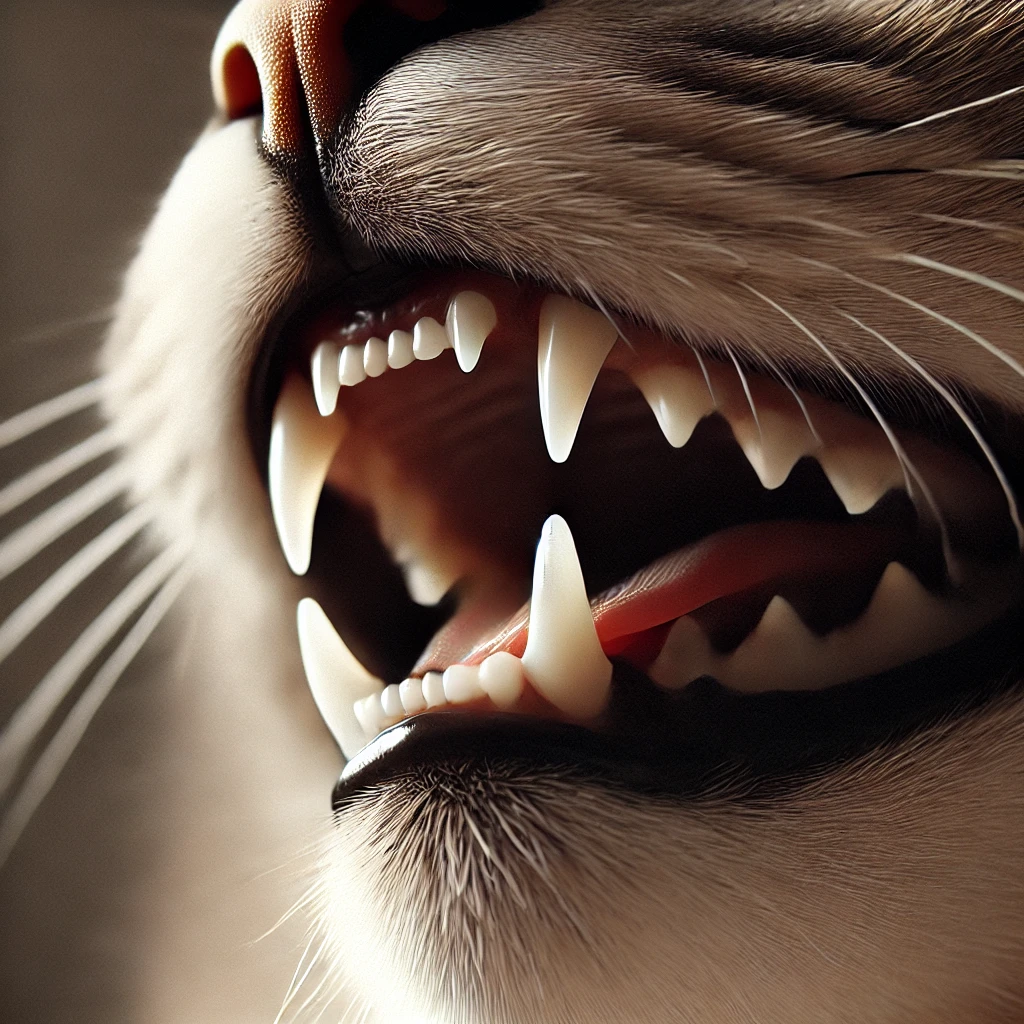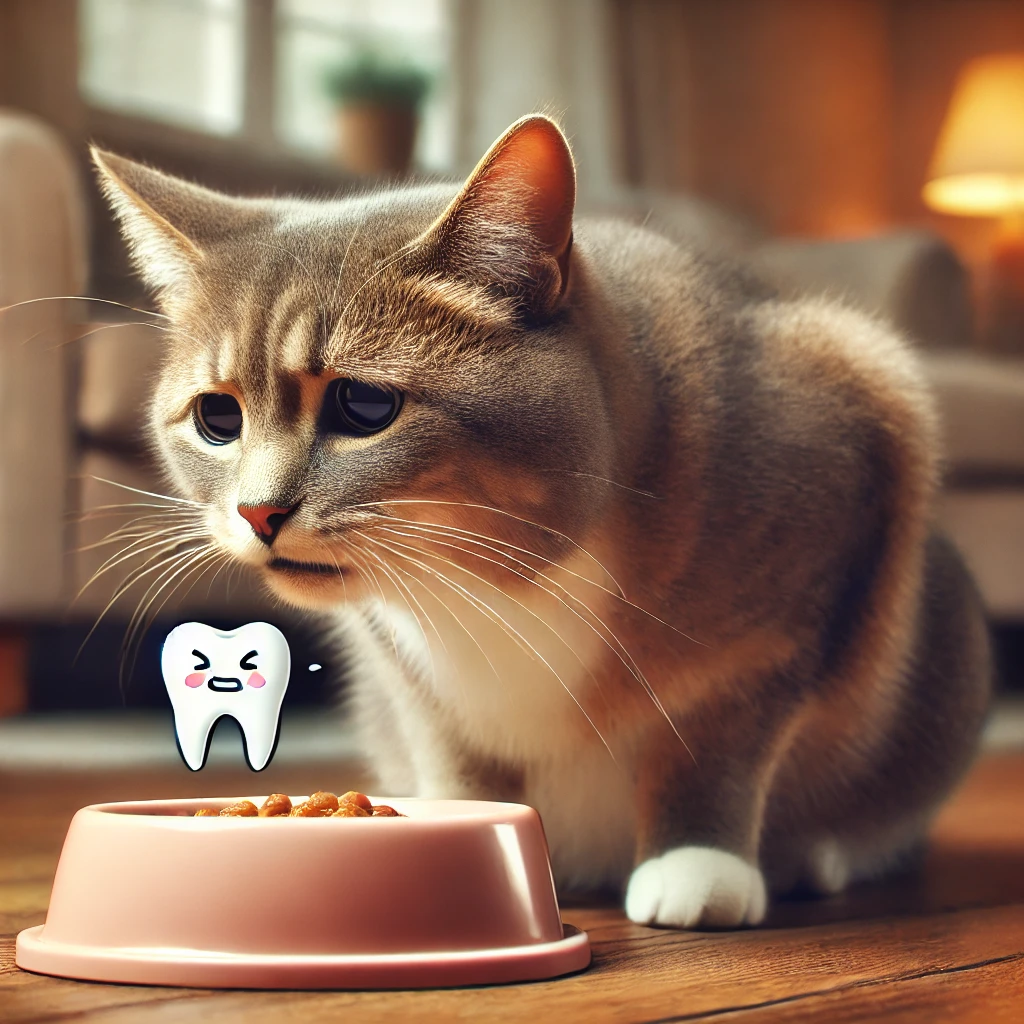Unlocking the Secrets to Optimal Dental Health for Your Cat
Many cat owners often overlook the critical importance of their feline companion’s dental health, which can lead to a range of serious health complications. Similar to humans, cats depend on their teeth being in excellent condition to support their overall well-being. The intricate anatomy of a cat’s mouth is specifically adapted with sharp teeth that are perfect for tearing and cutting food. When dental issues arise, they can severely hinder not only their ability to eat but also lead to significant health complications throughout their body, ultimately affecting their longevity and quality of life.
The prevalence of dental disease among cats is alarmingly high. Research indicates that a large percentage of cats will encounter some form of dental issue during their lives, ranging from minor tartar buildup to severe conditions such as gum disease and eventual tooth loss. These oral health problems can extend beyond the mouth, potentially leading to serious complications that may affect vital organs like the heart, liver, and kidneys, highlighting the urgent need for proactive dental care.

It is crucial to understand the potential dangers associated with neglecting your cat’s dental health. When a cat develops dental disease, bacteria from these infections can easily enter the bloodstream, spreading throughout the body and resulting in chronic health problems. In severe cases, these complications can drastically diminish their quality of life. Therefore, monitoring your cat’s teeth and gums is not merely an aesthetic concern; it is a vital aspect of their overall health and well-being that should never be underestimated.
Identifying Key Signs of Dental Issues in Cats: What to Watch For
Detecting dental problems in your cat can seem challenging, but there are specific signs that can help you identify potential issues before they escalate. A marked decrease in appetite or your cat suddenly refusing their favorite kibble can often be a primary indicator that something may be wrong. Moreover, symptoms such as excessive drooling, persistent bad breath, and visible bleeding gums all suggest that their oral health is at risk and requires immediate attention from a professional.
Cats are exceptional at masking pain, making it even harder to identify dental discomfort. It’s essential to stay vigilant and observe for subtle behavioral changes, such as increased irritability, a reluctance to engage in play, or a new tendency to paw at their mouth. These behaviors can indicate underlying dental issues and should never be ignored, as early detection is crucial for effective treatment and recovery.
Regular check-ups with a veterinarian are a vital component of maintaining your cat’s dental health. A trained vet can identify dental problems that may be invisible during routine examinations. Early detection of these issues is essential, as it allows for timely intervention before minor concerns escalate into significant health risks.
For instance, consider the case of Mittens, a lively tabby who appeared perfectly healthy until a routine veterinary examination unveiled advanced dental disease. Thanks to prompt action, Mittens was able to avoid severe health complications. Stories like Mittens’ serve as a powerful reminder of the critical importance of not neglecting regular vet visits, even when your furry friend seems to be in excellent shape.
Establishing a Comprehensive Dental Care Routine for Your Cat
Creating a dental care routine for your cat might initially seem overwhelming, but with the right tools and a bit of patience, it can transform into a simple and rewarding experience. First and foremost, selecting appropriate dental products is vital. Make sure to invest in specially designed cat toothbrushes and toothpaste; human toothpaste is not suitable for your feline companion and can be harmful to their health.
Once you have assembled your dental care essentials, the next step is to gradually introduce your cat to the brushing process. Cats typically require time to acclimate to having their teeth brushed. Start by letting them sample the toothpaste, making the experience enjoyable and stress-free. Subsequently, gently massage their gums with your finger to help them get used to the sensation before introducing the toothbrush into the routine.
Incorporating professional cleanings by your veterinarian should also be a fundamental part of your cat’s dental care plan. Vets are equipped to perform deep cleaning procedures and address any concerns that routine at-home care might miss. This collaborative approach to dental health can significantly enhance your cat’s overall oral hygiene and prevent future issues from arising.
If your cat shows resistance to tooth brushing, it’s important to remember that patience is key. Utilize treats as positive reinforcement and keep each brushing session brief and enjoyable. Over time, your cat will adapt to this routine, allowing it to seamlessly integrate into their daily life and promote better dental health.

The Impact of Nutrition on Your Cat’s Dental Health: What You Need to Know
The significance of diet in supporting your cat’s dental health is paramount. You may be surprised to learn how appropriate nutrition can bolster the strength of their teeth and the health of their gums. Certain types of food are specifically formulated to help minimize plaque and tartar buildup, effectively giving your cat a mini dental cleaning with every bite they take.
When choosing food for your cat, consider selecting dental-specific options. These products often feature a texture designed to assist in cleaning teeth, making a notable difference in your cat’s oral hygiene efforts. It’s akin to providing their mouth with a delightful workout! However, it’s essential to remember that while these foods are beneficial, they should complement, rather than replace, regular dental care practices.
Avoid offering sticky or sugary treats that can cling to their teeth and promote decay. Instead, opt for treats that are not only tasty but also conducive to dental health. Think of these treats as valuable allies in your mission to uphold your cat’s oral hygiene, contributing to their dental health while they enjoy a delicious snack.
Integrating dental-friendly foods into your cat’s diet is easier than you might expect. Start by introducing a small amount of new food alongside their regular diet to observe their response. Always consult your veterinarian to ensure that any dietary changes align with your cat’s specific nutritional needs while promoting optimal dental health.
The Article: Dental Care For Cats: Why It’s Important And How To Start Appeared First On Unity Pets.
The Article Was Found On https://limitsofstrategy.com
The Article Please provide the title you’d like me to rewrite. First Appeared ON
: https://ad4sc.com



Comments are closed